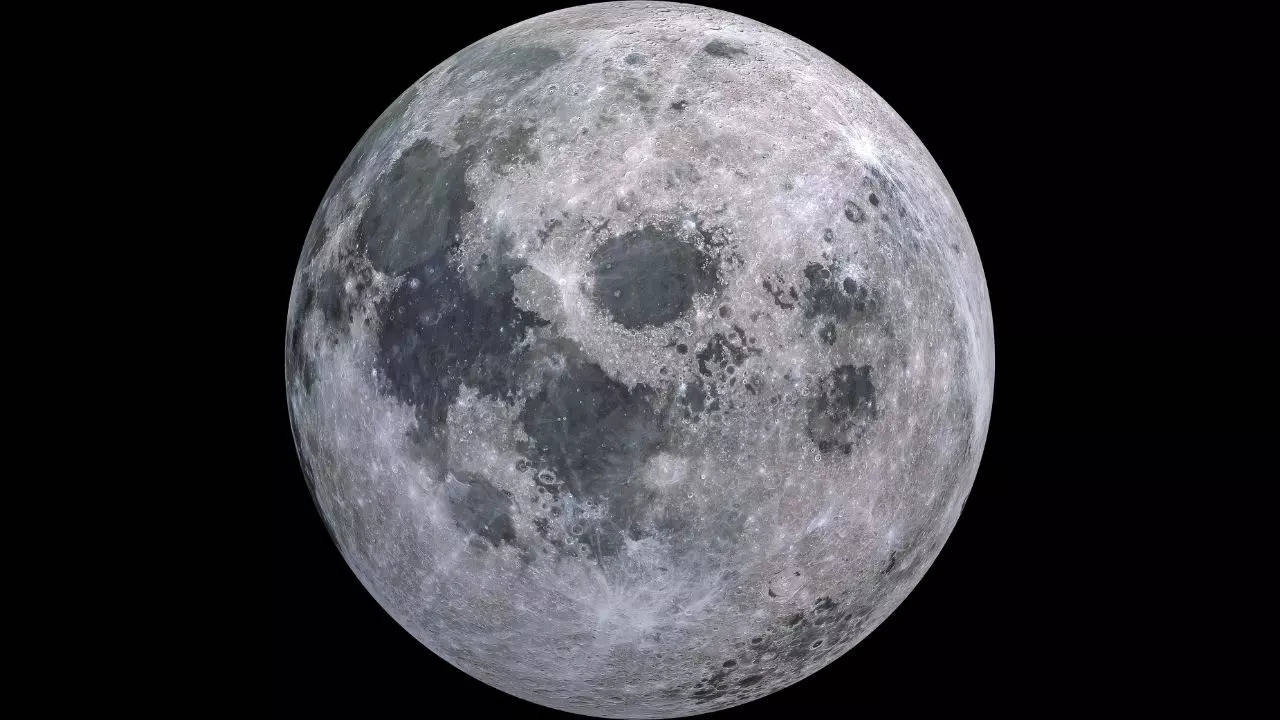Discovery and characteristics of the lunar cave
Led by Italian scientists Lorenzo Bruzzone and Leonardo Carrer from the University of Trento, Italy, the discovery was made using advanced radar technology.The cave, estimated to be around 100 metres long, features a skylight opening towards the moon’s surface, suggesting possible further underground extensions. Despite its depth, the cave’s scale makes it visible from Earth without specialised equipment.
Potential for future lunar settlements
The existence of this cave opens up possibilities for future lunar habitats. Scientists speculate that such caves could serve as natural shelters for astronauts, shielding them from cosmic radiation, solar radiation, and micro meteorites—key hazards of lunar surface operations. Similar to lava tubes found on Earth, these lunar caves could offer stable environmental conditions conducive to human habitation.
NASA’s lunar exploration plans
NASA, along with other space agencies like China and Russia, is actively planning for sustained human presence on the Moon. The agency aims to establish semi-permanent crew bases as part of its Artemis program. These efforts align with broader ambitions to explore and potentially exploit lunar resources while laying the groundwork for future missions to Mars and beyond.
Future prospects
The discovery of the lunar cave represents a crucial step towards establishing viable human settlements beyond Earth. As space agencies continue to innovate and explore, the prospect of inhabiting lunar caves could become a reality, offering a strategic advantage in lunar exploration and the quest for deeper insights into our solar system.
This breakthrough underscores ongoing efforts to unlock the Moon’s potential as a stepping stone for humanity’s expansion into space, marking a new chapter in our exploration of the cosmos.


